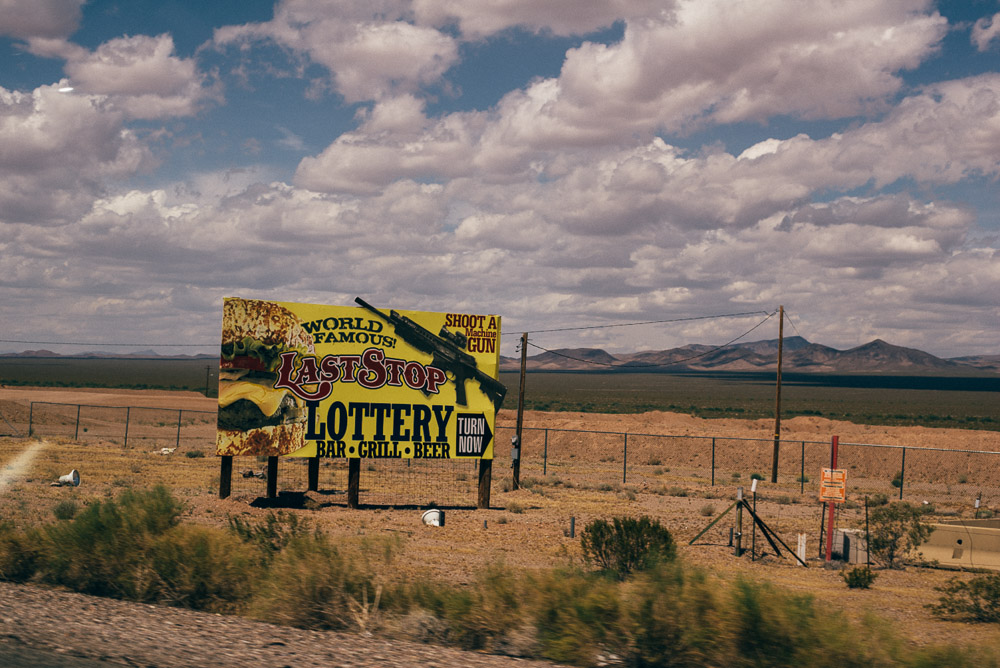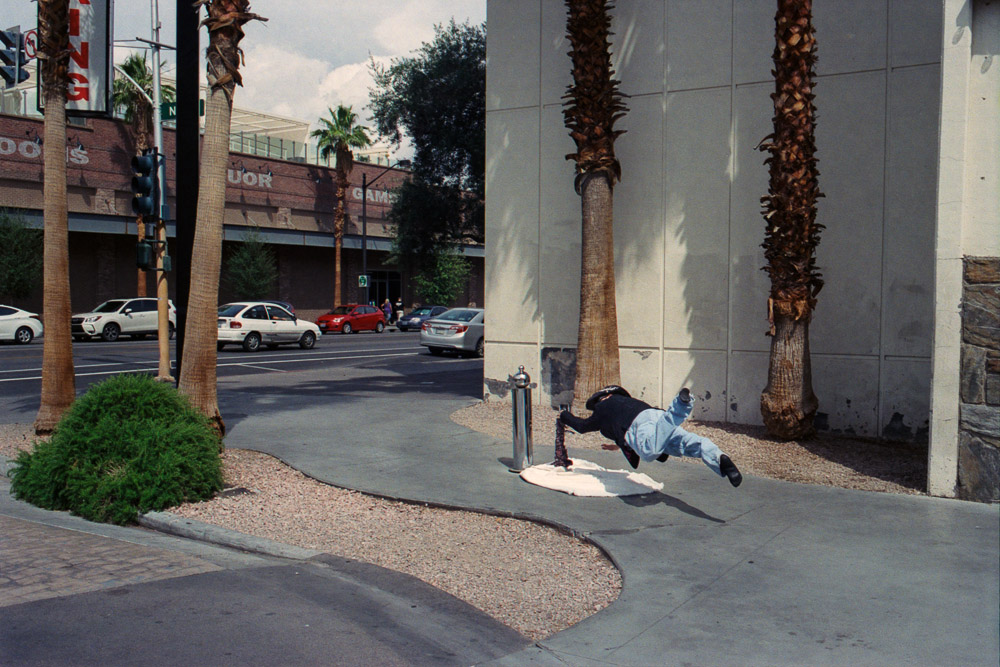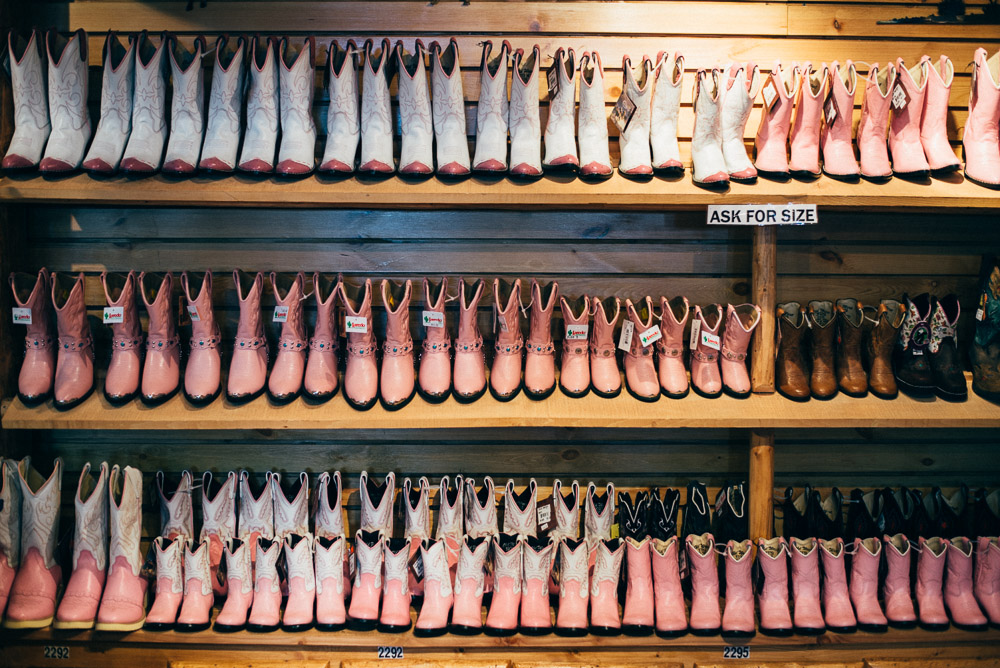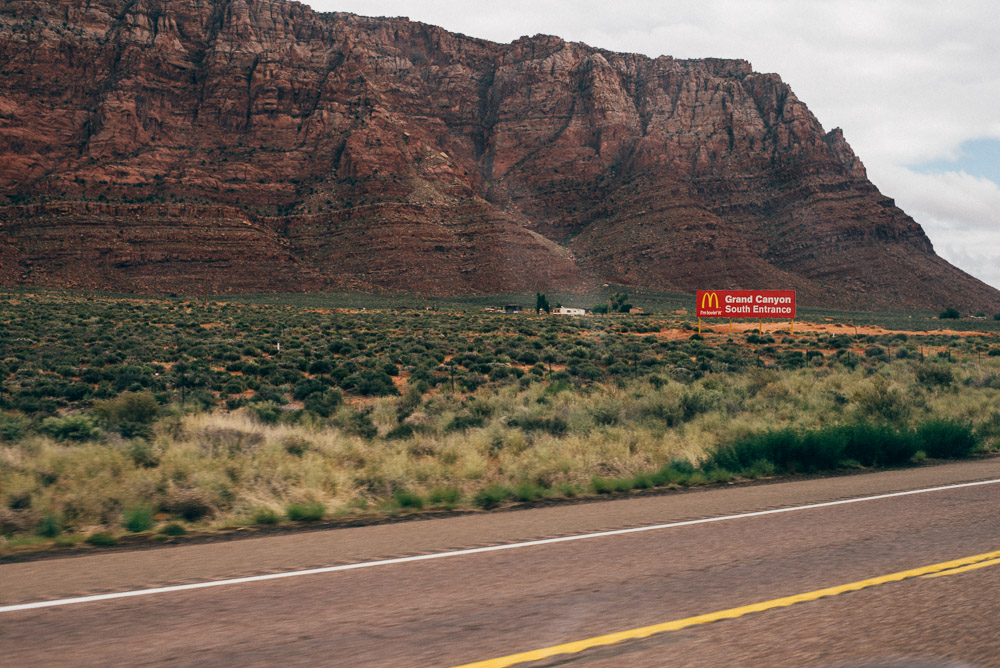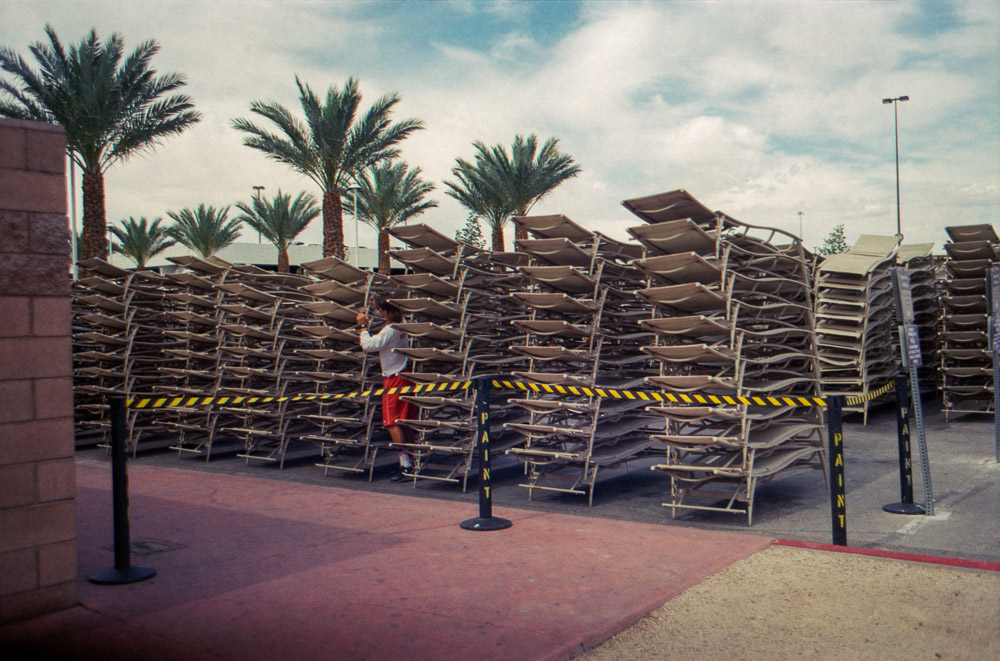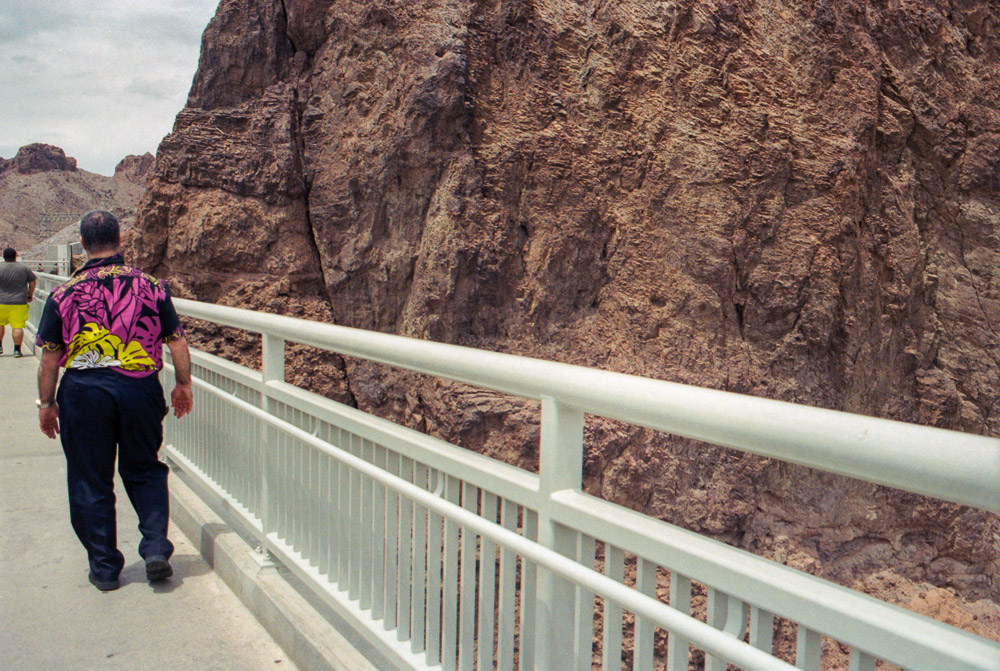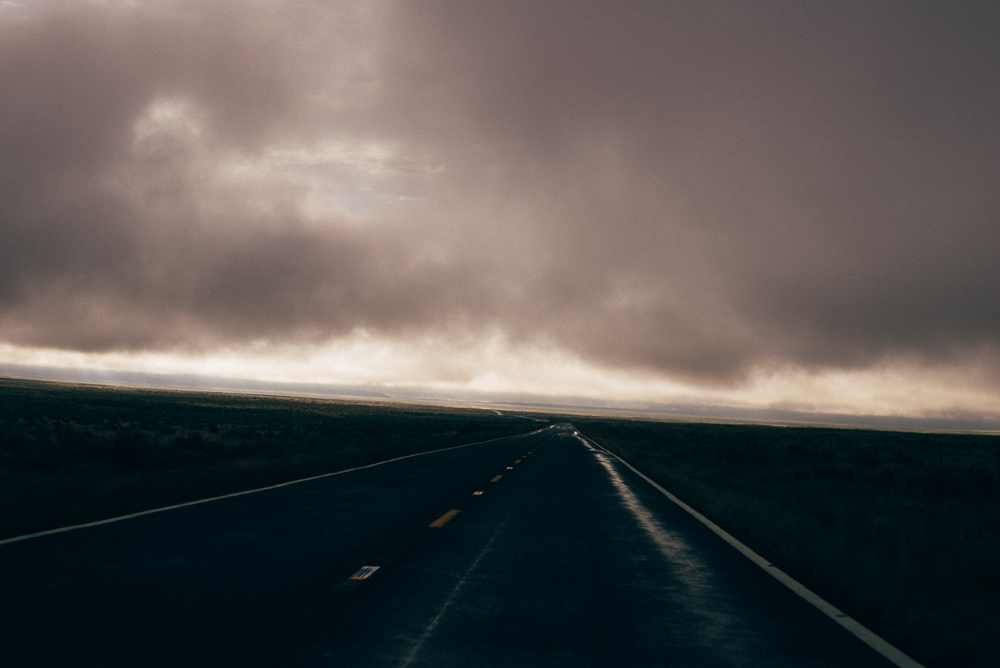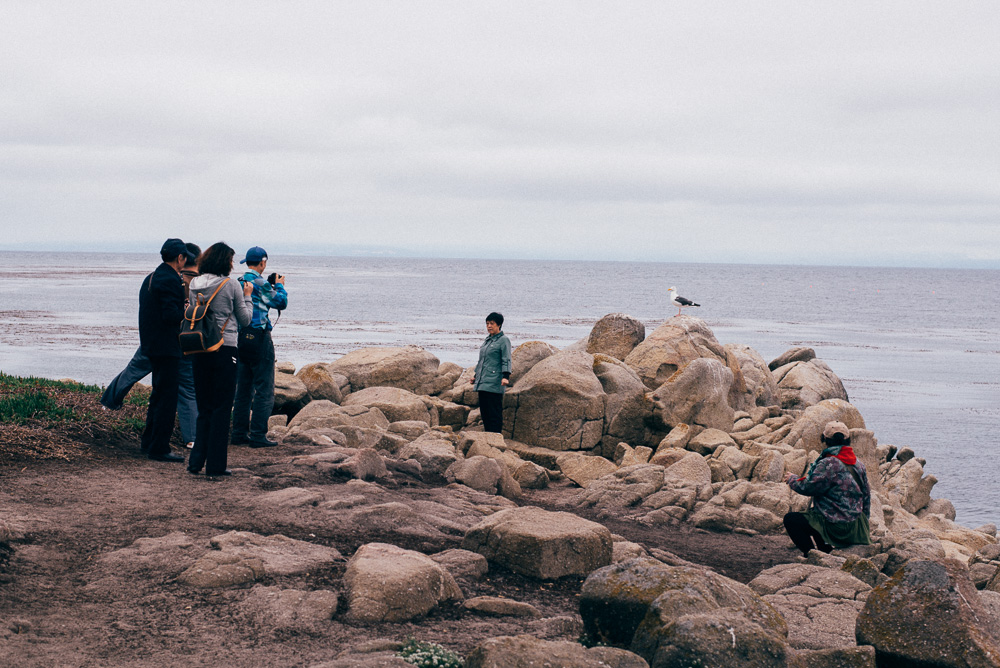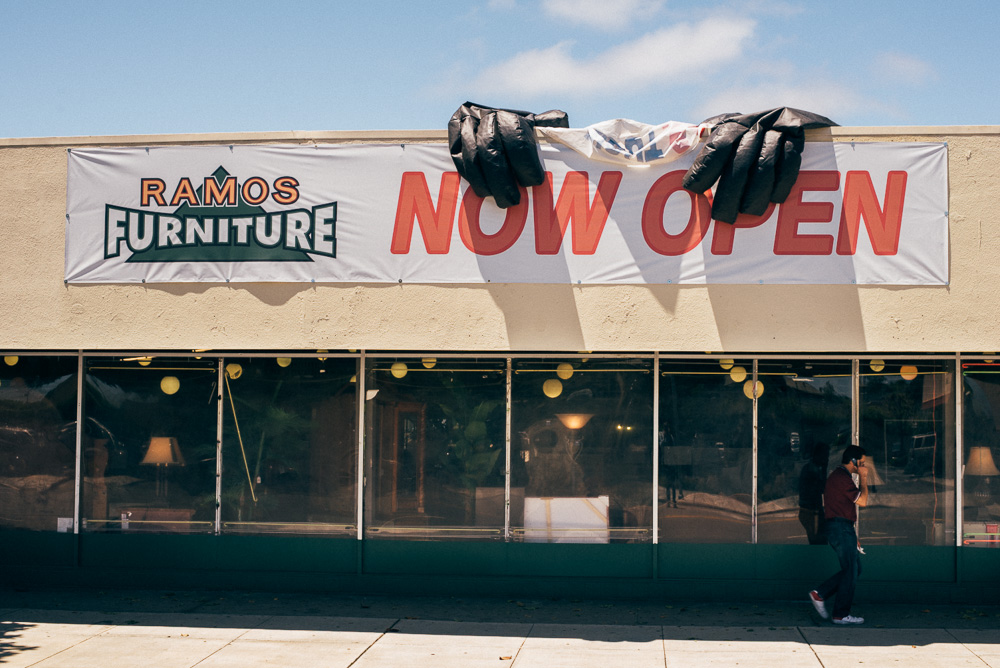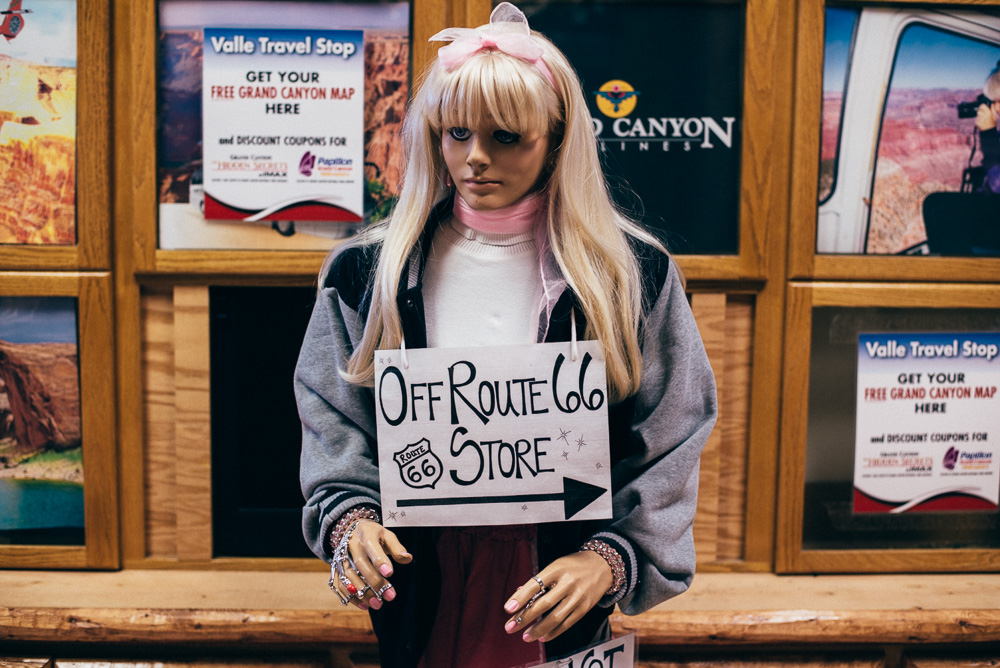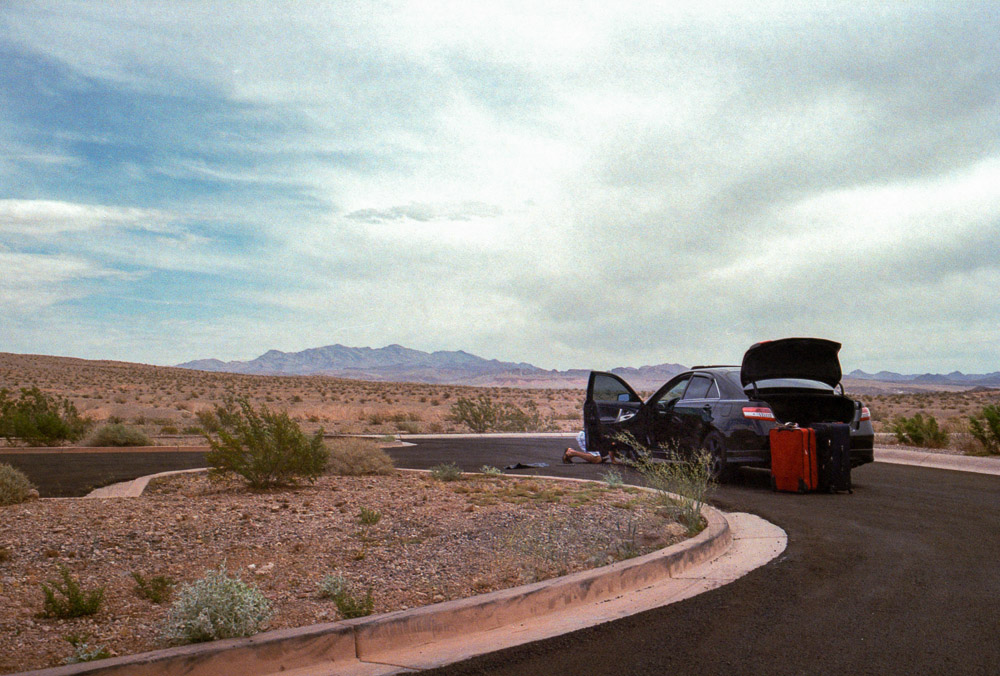In his latest book, Swiss photographer Reto Sterchi examines the sprawling landscape and eccentric inhabitants of the American West
Reto Sterchi has photographed Taylor Swift, prominent NASA physicist Tom Campbell and Swiss adventurer Mike Horn, as well as a cadre of well known writers, artists, and models. But in a new series, the New York-based photographer has taken on his biggest portrait project yet: the American West.
Entitled A preface to: A visual record of the American West after the dawn of the Internet, Sterchi’s 47-page photobook draws attention to American tensions, its vastness and its individuality, its commercialism and its wildness, and bleakness amid the pursuit of happiness. The photographs bring these divergent themes into a single frame; Sterchi rarely crops or zooms, instead, his discovered details (the McDonald’s sign in the Grand canyon, the ‘nude girls’ billboard in the desert, etc.) are swallowed up by the landscape. His is an open-road view of America – the deserted hotels and expansive highways that can be forgotten when the focus is so often on big city glamour.
We caught up with Sterchi to discuss his idea of the American narrative, storytelling in photography and what he learned from Annie Leibovitz.
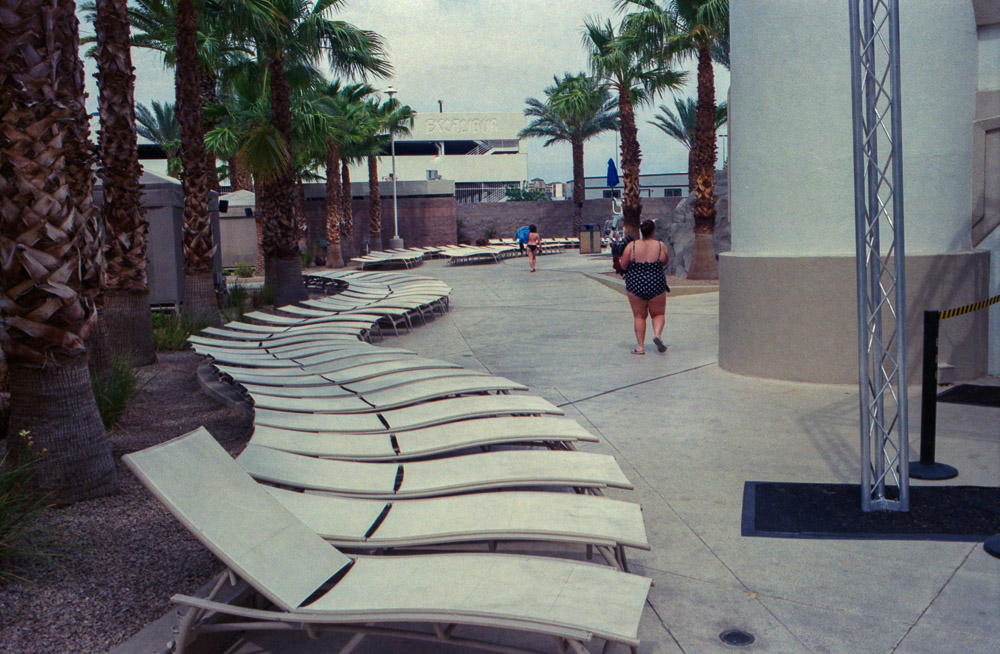
How did you begin this series? Was it one road trip or a culmination of travels around the American West?
All of the photos were taken on a single two-week road trip in 2015. My girlfriend surprised me with it for my 30th birthday. So I didn’t have a concept, I just started shooting as I always do on trips. The overarching story started to take shape in my head as we went along.
What is it about this particular landscape that is so appealing to you and what did you learn about the US while working on the project?
Well, I’m from Switzerland (talk about a cramped place…) and I see the American West as wide, wild, unorganised, mythical, and full of huge skies and weird stuff. It’s the ultimate inspiration. I can’t avoid exploring it and documenting it. I learned that people in the West are very, very friendly and that deserts are the quietest places in the world.
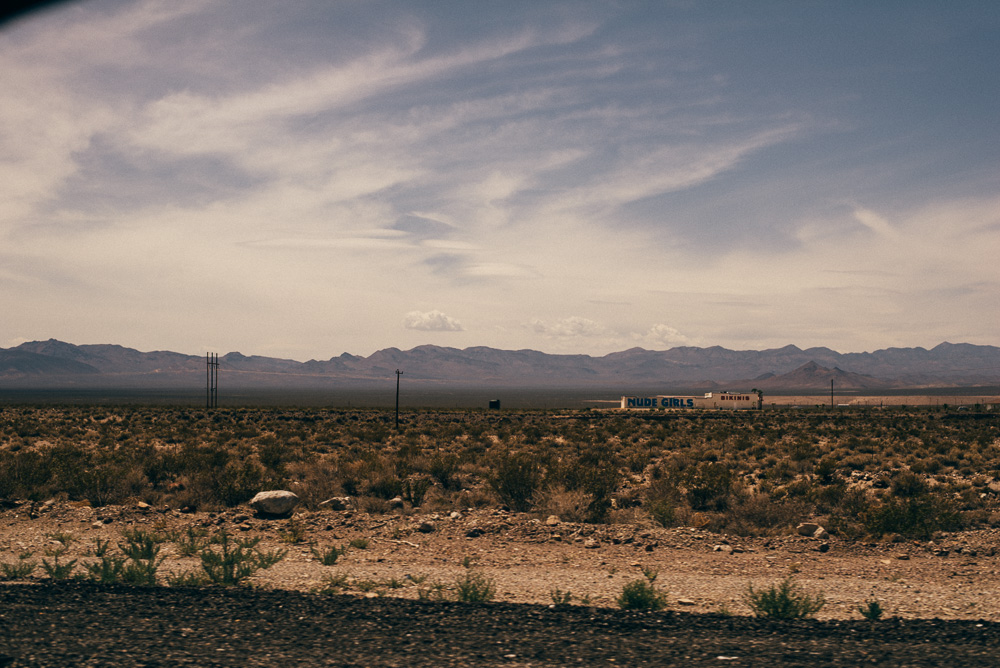
How did photographing this vast landscape and its characters differ from your regular portrait photography?
I’ve always been shooting this kind of stuff, actually. Even before the portraits… A huge project I shot in Switzerland about secret underground facilities from WWII is still in the works and is yet to be shown.
I come from a filmmaking background, but I fell in love with the non-linear storytelling in photography. There’s more and, at the same time, less ambiguity than in filmmaking. I knew immediately that this is what I’m here to do. That’s my mission.
In terms of approach, I do try to constantly evolve and try new stuff. On this project only a very few shots are cropped…only two, I believe. I think cropping kinda takes away the soul of the photograph. So that and fixed lenses made up the formal part of the approach for this trip.
Although many of these shots are landscape, they often include a single, almost-hidden detail, like the McDonald’s sign in the Grand Canyon. Why is this important to you and what do you think they tell the viewer about American culture?
It’s a comment on the capitalist culture in the US; placing billboards in those beautiful, wild landscapes seems so out of place to me. They disturb the balance and the peace.
They really stop at nothing. They would place a billboard on The Moon if they could. It’s funny and almost touching to see how humans decorate their environment.
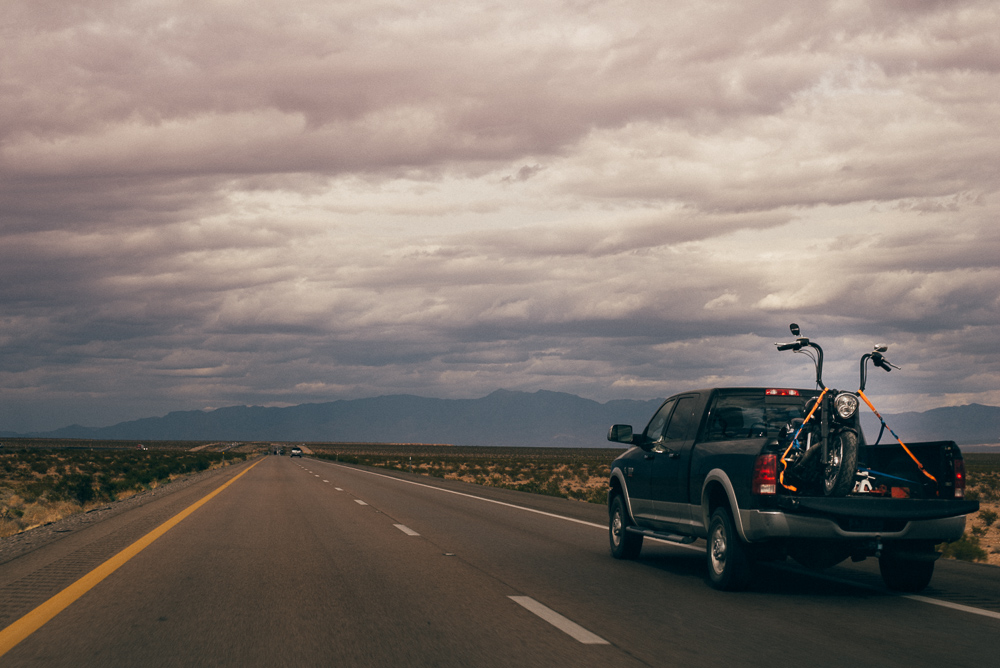
Can you tell us a little about the narratives that appeared in this series, both in singular photos and as a whole?
If there isn’t a narrative in a photo it’s useless to me. Pretty pictures are everywhere and they’re ok, it’s just not what I want to do. I think it’s all about having opinions about things. That’s why I take a picture – to share my opinion and to communicate.
One photo shows a Harley Davidson bike on the back of a new pickup truck. It was such a neat analogy for how Easy Rider would look like these days. No rebellious spirit. None. And we’re out of touch with nature.
What other photographers do you think have influenced your style?
Well you can’t get around Robert Frank, William Eggleston and Martin Parr. Swiss photographer Andri Pol is one of the best working photographers in the world. The new book by Alec Soth (Read PORT’s interview with Alec Soth here) is amazing. But I’m more influenced by Raymond Carver and filmmaker Roy Andersson. The video game Grand Theft Auto is also a great inspiration.
I look at photo work more in terms of seeing what concepts people are doing now and finding inspiration there.
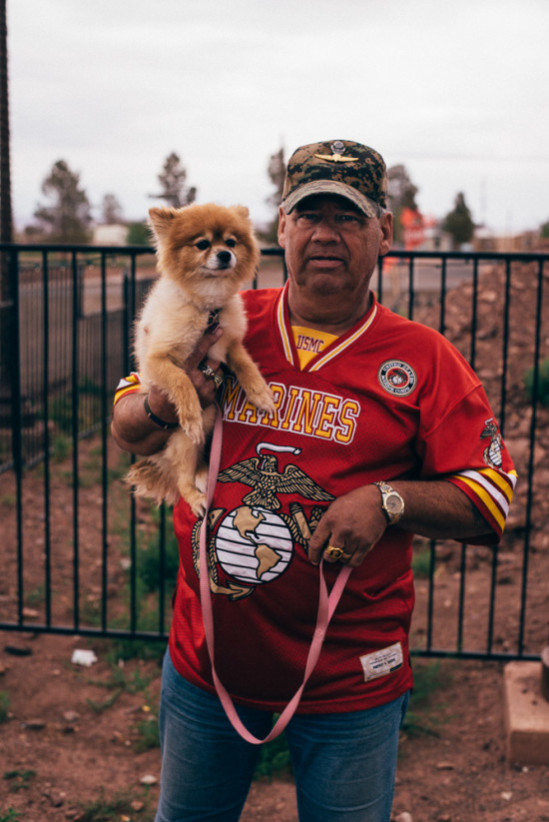
When you’re shooting portraits, how do you know when you have your shot?
I read this book by Annie Leibovitz and what struck me most was that back in the day, when they used to pay you, they gave you two days to do a portrait shoot. You’d get to know the person, talk about ideas and collaborate. That’s something I always want: for the subject to contribute to the picture.
These days you get 10 minutes for a portrait session and it will be a posed picture most likely. There’s not much you can do, unless both of you are having a very good day. My approach is to break down behavioral barriers and get comfortable over time. And yeah, when you’re out of stuff to talk about you know you have the shot.
A preface to: A visual record of the American West after the dawn of the Internet is available now
